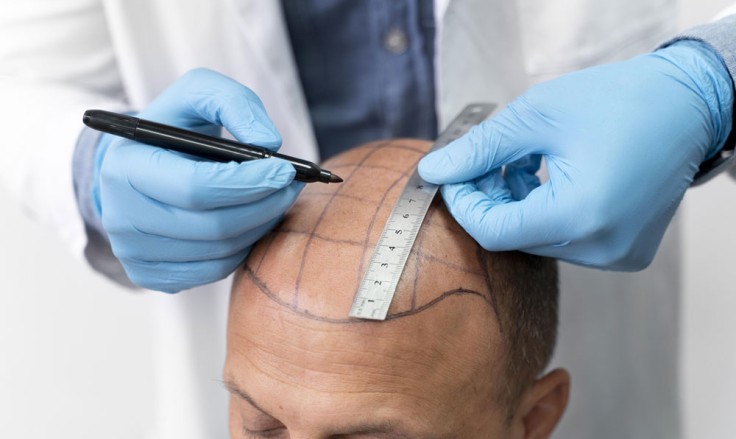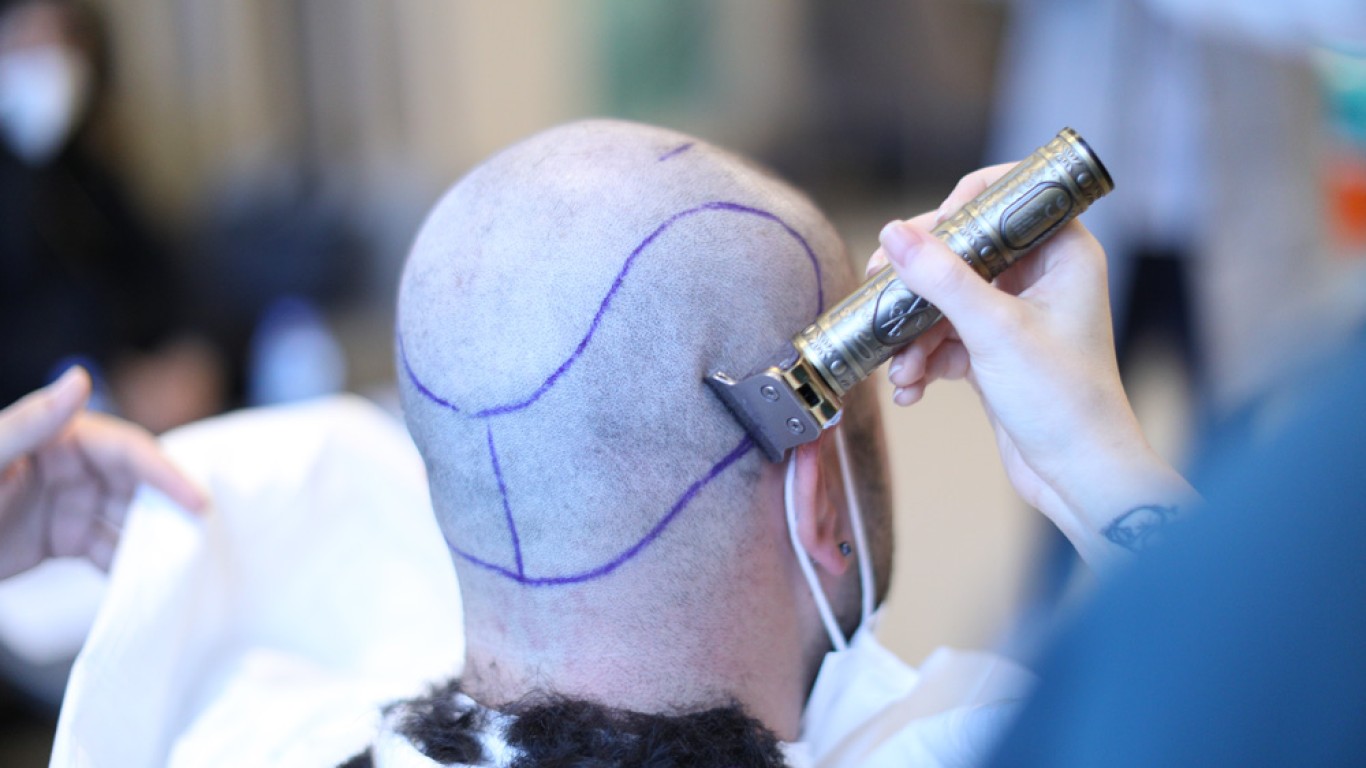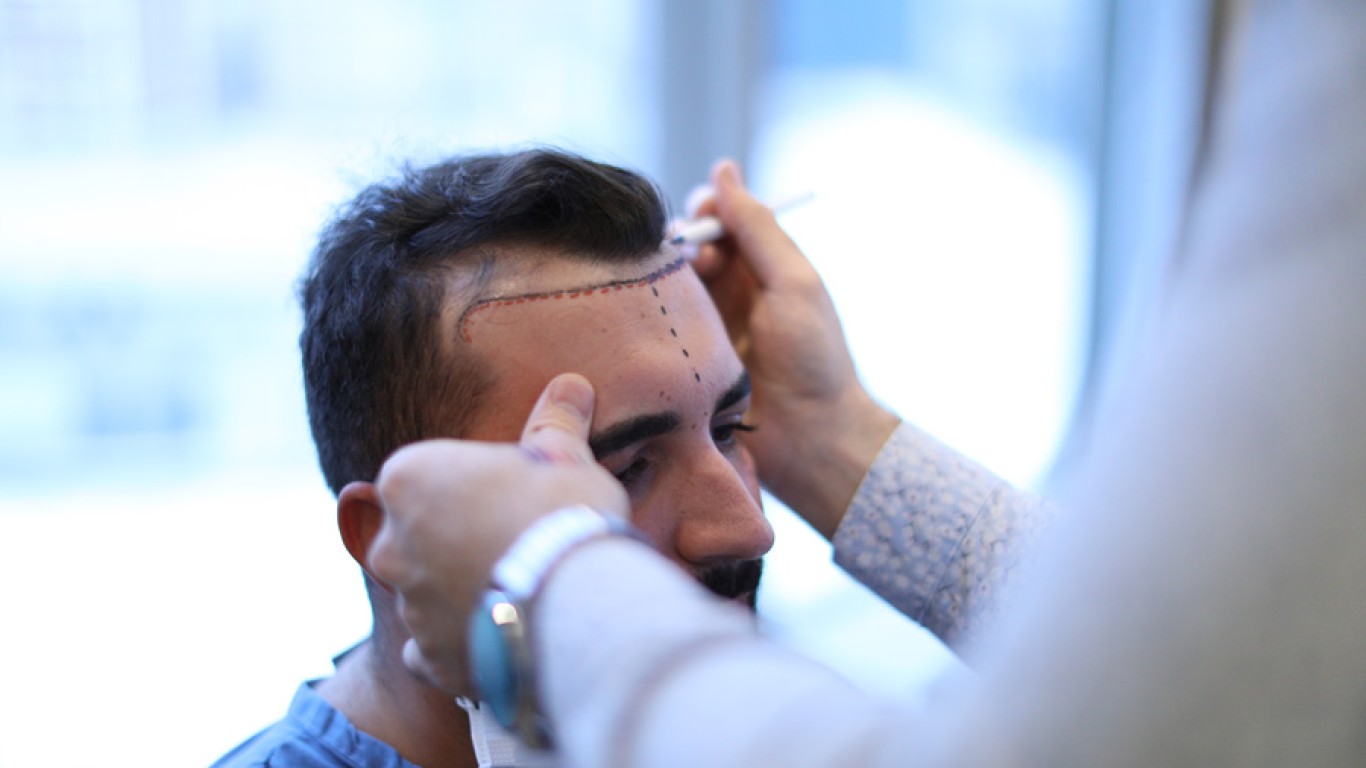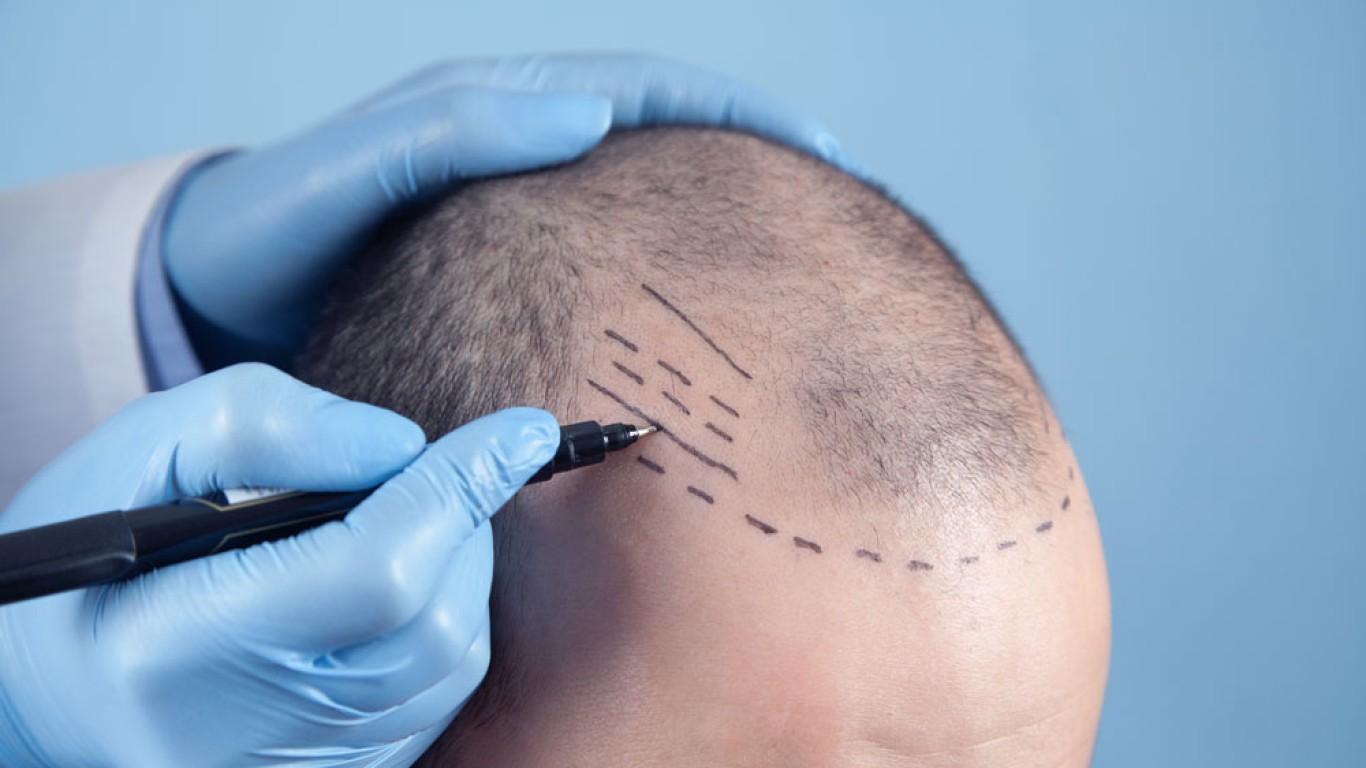Introduction
Hair loss affects millions worldwide and can impact self-esteem and appearance. Thankfully, modern techniques now offer permanent solutions. Two of the most popular methods are FUE vs DHI hair transplants. Each method uses advanced technology to restore natural hair growth.
Understanding the differences between these techniques helps you choose the best option for your needs. In this guide, we’ll explore how FUE and DHI work. It includes their benefits, recovery time, and which patients are best suited to each.
What Is FUE?
- FUE stands for Follicular Unit Extraction. It is a minimally invasive hair transplant method. Individual hair follicles are extracted from the donor area - usually the back or sides of the scalp.
- Tiny punches are made to remove each follicle without damaging surrounding tissue. These follicles are then implanted into the thinning or balding areas.
- FUE does not require stitches or leave a linear scar. The process is gentle, and recovery is often quick. Additionally, it allows for high follicle survival and natural-looking results.
What Is DHI?
- DHI stands for direct hair implantation. It is an advanced version of FUE, using a specialised implantation tool. Hair follicles are still extracted individually, like in FUE.
- However, the difference lies in the implantation step. With DHI, follicles are inserted directly using a Choi implanter pen. This tool allows the surgeon to control depth, direction, and angle during placement.
- As a result, DHI offers greater precision and potentially denser outcomes. It is also less invasive during implantation, which may reduce bleeding and recovery time.
FUE vs DHI: Key Differences
While both techniques involve extracting individual follicles, the main difference is how they are implanted.
- FUE: After extraction, incisions are made in the recipient area. Follicles are then placed manually.
- DHI: Follicles are implanted directly using a Choi pen, without the need for prior incisions.
This means DHI can be more precise. Especially for people seeking high density or natural hairlines. However, DHI typically takes longer and may be more expensive.
FUE vs DHI:Procedure Time and Efficiency
- When comparing FUE vs DHI, procedure length is an important factor. FUE sessions usually take six to eight hours, depending on the number of grafts.
- DHI, however, is more time-consuming due to its detailed implantation process. It can take eight to ten hours or even require multiple sessions.
- FUE may be preferred when covering large areas, while DHI suits smaller, detailed regions like the hairline.
- Additionally, DHI requires a higher skill level and more staff, which may influence availability and cost.
FUE vs DHI: Healing and Recovery Time
Both methods offer relatively short recovery periods. With FUE, mild swelling and redness last a few days. Small scabs form and fall off naturally within 7–10 days.
DHI follows a similar recovery timeline but may result in less trauma to the scalp. The absence of incisions for recipient sites can mean reduced bleeding and quicker healing.
Regardless of method, patients should avoid touching the area. Also avoid washing the scalp or engaging in intense activity for the first week.
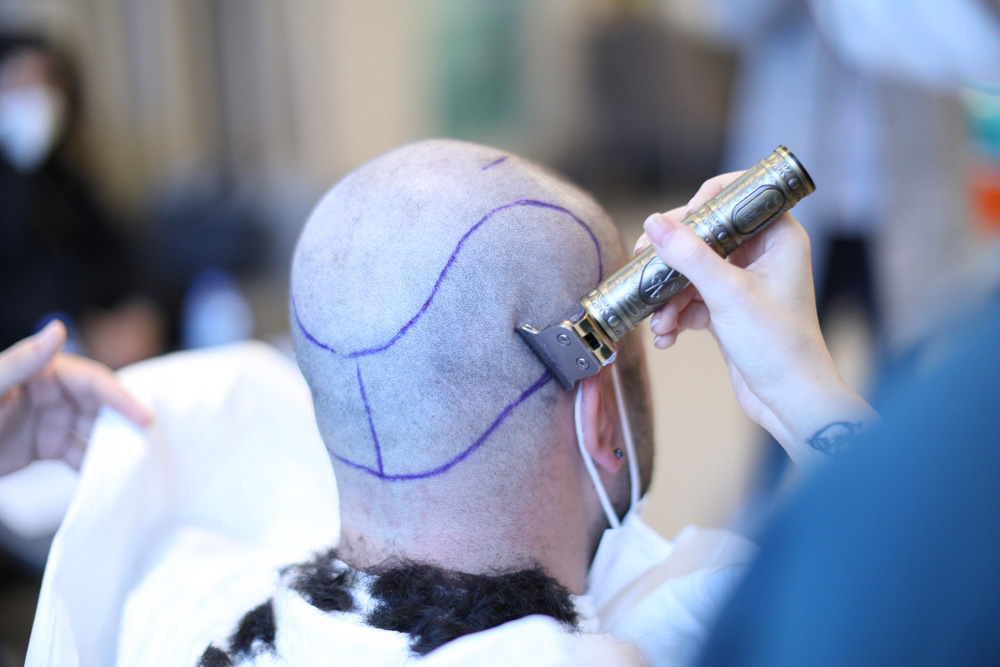
FUE vs DHI:Results and Hair Growth Timeline
- Hair growth after transplant follows the same pattern for both methods. New hair begins to appear after three to four months.
- By six months, significant growth is visible, with full results usually seen after 12 months.
- FUE vs DHI both deliver natural results if performed correctly. DHI may offer slightly higher density due to more precise placement. However, surgeon skill matters more than the method itself.
- Patients should have realistic expectations and follow all aftercare instructions for the best outcome.
FUE vs DHI:Cost Comparison
Cost is another key difference. FUE is generally more affordable because it requires fewer tools and staff.
DHI is more expensive due to its advanced technology, specialised instruments, and time-intensive procedure. Prices can vary based on the number of grafts, clinic reputation, and surgeon expertise.
Always ensure your quote includes consultation, surgery, aftercare, and any required medications. Beware of prices that seem too low. They may reflect poor standards or unqualified practitioners.
Pros and Cons of FUE
Pros
- No linear scarring
- Faster procedure for large areas
- Suitable for many hair types
- Widely available
Cons
- Less precise than DHI
- May cause minor bleeding
- Slightly lower graft survival in dense areas
FUE remains one of the most popular and trusted hair transplant methods worldwide.
Pros and Cons of DHI
Pros
- More precise control over placement
- Higher density in smaller areas
- Less trauma to the scalp
- Reduced bleeding
Cons
- Longer and more complex procedure
- Higher cost
- Requires experienced, highly trained team
DHI is ideal for patients who prioritise natural hairlines and detailed restoration.
Which Method Is Right for You?
Deciding between FUE vs DHI depends on several personal factors:
- Hair loss pattern: FUE suits large coverage, while DHI is ideal for detailed zones.
- Budget: FUE is more cost-effective. DHI comes at a premium.
- Desired density: DHI may provide higher precision and control.
- Time: FUE is generally quicker. DHI takes longer but offers extra refinement.
- Scalp condition: Some scalp types may respond better to one method.
Ultimately, a qualified hair restoration surgeon can guide you based on your goals, hair type, and health status.
Conclusion
To summarise, comparing FUE vs DHI reveals that both techniques are effective and safe for hair restoration. FUE is widely available, cost-effective, and suitable for covering large areas. DHI offers higher precision and may produce denser, more natural results in focused areas.
Choosing the right method depends on your individual needs, expectations, and budget. Consultation with an experienced specialist is essential to determine the best approach.With either method, proper aftercare, patience, and realistic goals are key to a successful transformation.
For more information on hair transplants and to book a consultation visit the ACIBADEM Beauty Center hair transplant webpage.
Frequently Asked Questions
Both offer natural results. DHI may provide slightly better density in detailed zones.
Initial growth appears after 3–4 months. Full results are visible after 12 months.
No. Local anaesthesia is used. Mild discomfort or swelling may follow.
Yes. Both techniques are suitable for men and women experiencing hair thinning or loss.
Sometimes. Large areas or detailed adjustments may require more than one procedure.
